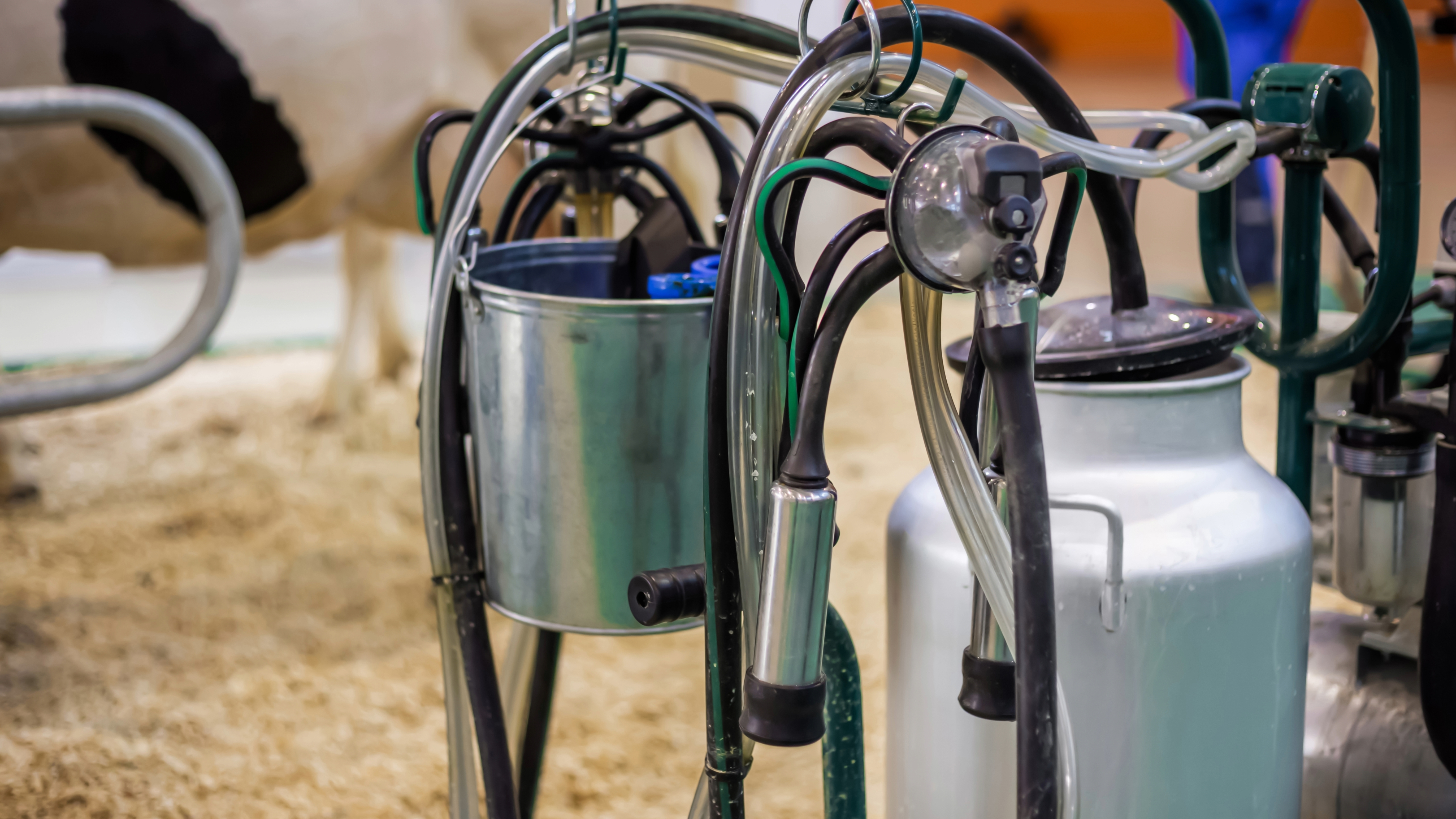
Bird flu is infecting cows across the U.S. Now, scientists have discovered that the virus from infected dairy cows can remain infectious in unpasteurized milk and on the surface of milking equipment for at least an hour.
This means that dairy workers potentially face an increased risk of infection during the milking process. While the risk of drinking unpasteurized, or raw, milk was not the focus of this study, the research does confirm that live viruses can persist in raw milk.
Avian influenza A(H5N1) primarily infects birds but can sometimes jump across to mammals. Scientists first detected the virus in cows in the U.S. in March, and it has since been found in more than 60 cattle herds across the country.
Since then, three people in the U.S. have contracted the H5N1 virus following exposure to infected dairy cows. Two developed eye infections and one had some mild respiratory symptoms. However, scientists are still unsure exactly how the disease is being transmitted from cow to cow and from cow to human.
Related: H5N1: What to know about the bird flu cases in cows, goats and people
In addition, "how [H5N1] got into the cows in the first place is a question that is a little bit mind-boggling to scientists," study lead author Valerie Le Sage, a microbiologist at the University of Pittsburgh, told Live Science. The researchers published their findings June 24 in the journal Emerging Infectious Diseases.
Researchers already knew that H5N1-infected cows could shed the virus in their milk. Earlier this year, the Food and Drug Administration (FDA) reported that about 1 in 5 retail milk products in a sample had tested positive for H5N1 genetic material. However, none of the viruses detected in these products were "live," or infectious, because the products were pasteurized. Pasteurization kills most viruses and microbes.
Little was known about whether the virus could remain infectious in unpasteurized milk, however. Just in case, the FDA has warned consumers against drinking raw milk and urged state regulators to stop any sales of raw milk produced by infected cows.
To confirm whether the H5N1 virus can remain infectious in raw milk, Le Sage and her colleagues collected raw milk samples from cows, added H5N1 and then monitored the samples for an hour. These contaminated milk samples were pipetted onto stainless steel and rubber materials found in common milking equipment.
After an hour, the scientists found that the virus showed very little sign of decay on either material. More concerningly, the viruses appeared infectious when exposed to cells in lab dishes.
"Because the virus remains stable on these surfaces, if they're not cleaned up pretty soon after [contamination], the milk is just there with the virus in it," Le Sage said. "It does pose a threat to the dairy workers that are in the milking parlors," she said.
For a comparison to the milk, the scientists put H5N1 viruses in a saline solution, but surprisingly the pathogens did not survive for an hour in this liquid.
"There is something about the milk that is making it [H5N1] more stable, and allowing it to survive for longer periods of time," Le Sage said. "But we don't know what component is causing this."
The scientists have not yet tested the virus's infectiousness over a longer period of time due to laboratory safety concerns. Nonetheless, the study emphasizes the need for dairy farmers to wear appropriate personal protective equipment when handling infected cows, Le Sage said.
"Masks and face shields do their job. If workers were provided these and wore them, they should be protected," she said. The Centers for Disease Control and Prevention (CDC) has issued similar recommendations for dairy workers, but the use of such safety equipment has been limited.
While personal protective equipment would help minimize the risk of catching the virus, "it's not 100%," said Jaydee Hanson, the policy director at the nonprofit Center for Food Safety.
But "the good news is that if we do a proper job of pasteurizing the milk from these cows, it's safe," Hanson told Live Science.
In general, the CDC considers the general public's risk of H5N1 to be low — the risk is highest for those who work closely with infected dairy animals. There's no evidence of the virus spreading between people.
Ever wonder why some people build muscle more easily than others or why freckles come out in the sun? Send us your questions about how the human body works to community@livescience.com with the subject line "Health Desk Q," and you may see your question answered on the website!







